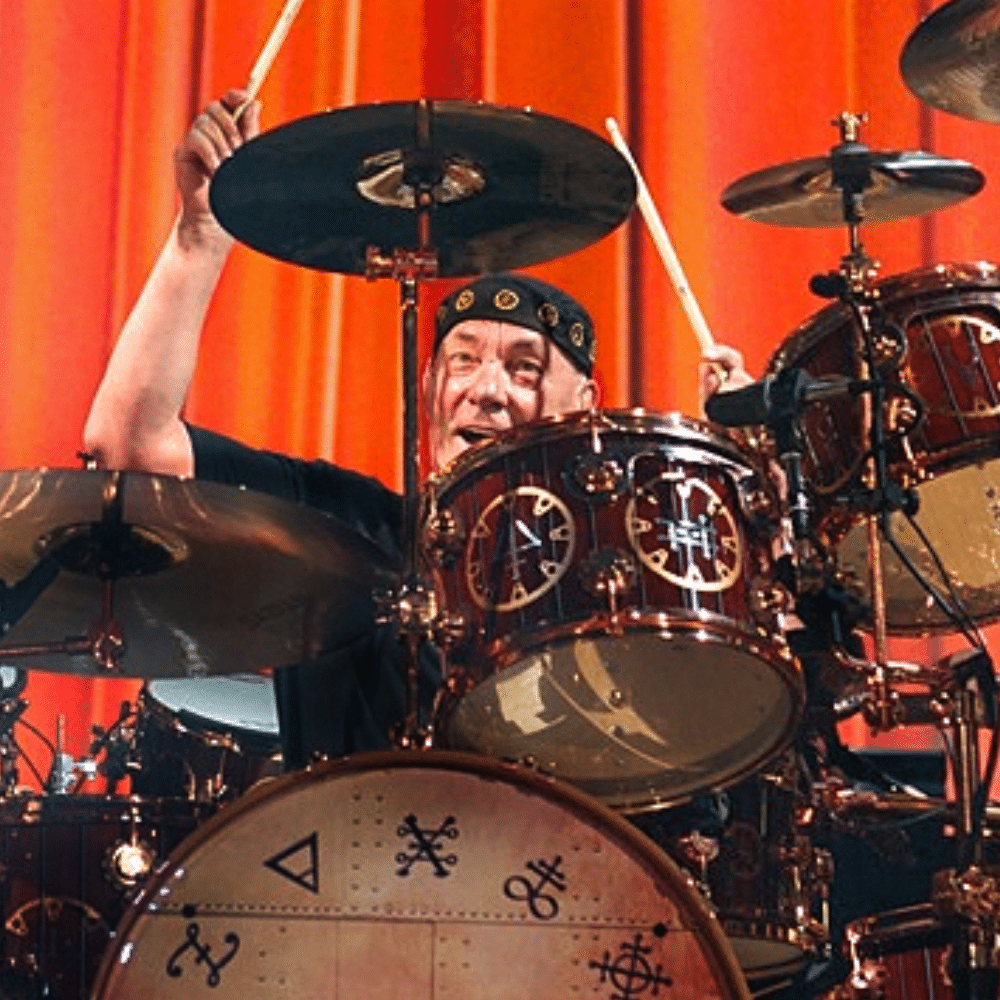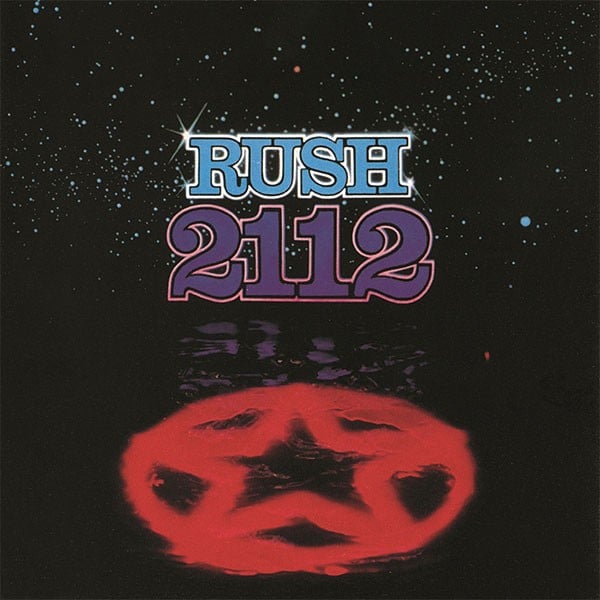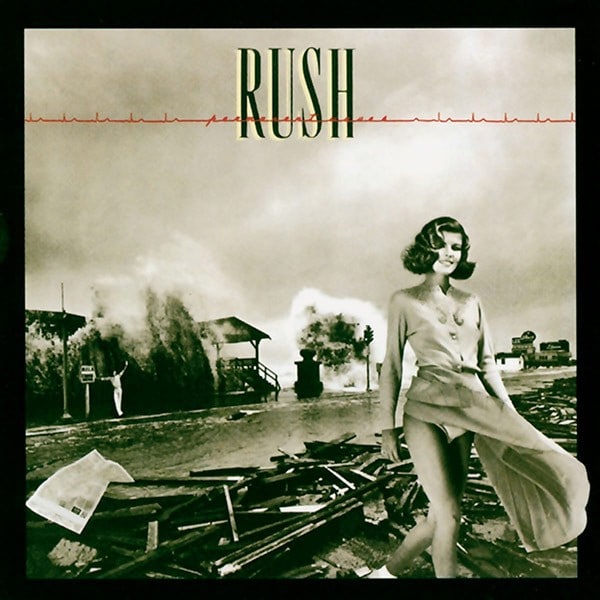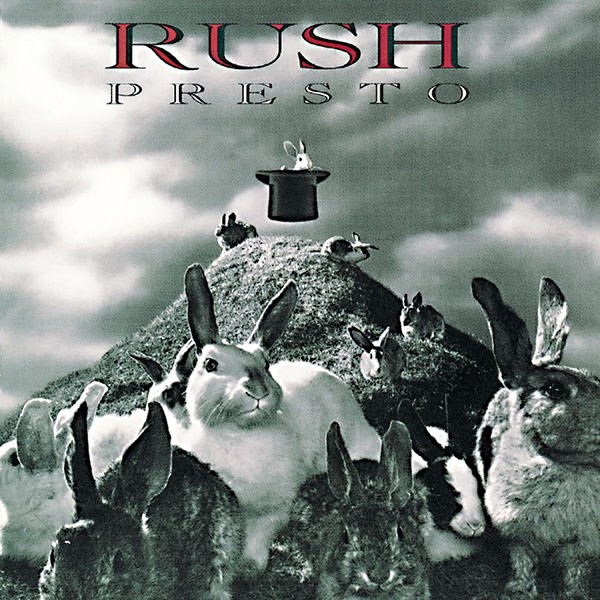Drummer and Friend of Suburbs Pod Bobby Padavick offers this tribute to Rush’s Neil Peart, who died of brain cancer on January 7, 2020 at age 67.

I was so happy when Jim asked me to put together a Neil Peart playlist. I realize “happy” is a weird word to use in this context. Since Neil died I’ve been in shock, numb and unable to process how to remember him, how to feel. Neil meant more to me than I have space to write about here. He was my idol, and the reason I’m a drummer. He was a grand presence in the crosscurrent of my family and friends.
The flood of remembrances posted since he died has been amazing and truly reflective of his talent and grace. One of my favorites is this one from NPR’s Annie Zaleski.
Of course, loyal Rockin’ the Suburbs listeners will have heard the Rest in Power episode, as well as Rush week (which Charles Andrews and I were honored to be a part of).
So where to go from there? Jim’s request made me realize it really is that simple: a playlist. The thought of putting one together made me happy. Let’s bask in the glory of the music, as we always have.
We’re going in chronological order. I think it’s cool to listen to how Neil’s style evolved over the years and decades.
We’re hitting most of the obvious songs but also diving deep, to capture the totality of his musical and lyrical genius. We’re spanning every studio album, every era of Rush. I’m un-f*&#ing-apologetic about my love for it all. Damn right I have two songs on here from Test for Echo (more on that later). There are wonders to behold on every album.
Finally, to get this off my chest, it’s impossible to state any one drummer is “the best ever”. I’ll never say that about Neil, or about anybody. There are so many ways to approach drumming. Peart, Bonham, Copeland, Moon, Baker, Rich, etc. — they each were the best in their own way. However, of all the “best” drummers, Peart meant the most to his fans in their hearts. I know that’s true for me. This playlist emphasizes why: the musicianship, the intellectual creativity, the dedication to craft, it was all channeled into this band called Rush that transcended the sum of its parts.
Now, some thoughts about select songs and why I included them. Here we go.
Anthem
Imagine you grabbed the debut album in 1974 from this new band, Rush, in all its wailing, blues-rock awesomeness (RIP original drummer John Rutsey, who died in 2008). You got their follow-up, Fly By Night, threw it on your turntable and heard “Anthem” straight out the gate. It’s a different band! Neil’s next-level drummer status was clear from the start. Musically and lyrically (the title based on the Ayn Rand novel, the lyrics infused with Neil’s love for her philosophy at the time) “Anthem” was Rush’s rallying cry, dressing the table for all that would come. With Neil in the mix, they all knew they had it: The three of them were FIRE together. Not bad from “the new guy,” as the band would jokingly refer to Neil from then on.
2112

I’ve always particularly loved the “Oracle” part. It’s a great example of the inventive way Neil sculpted drum parts around riffs. He pioneered and mastered the art of precise, huge-kit rock drumming and dynamics better than anyone. And the lyrics are some of Neil’s sci-fi laden best:
“I stand atop a spiral stair
An oracle confronts me there
He leads me on, light years away
Through astral nights, galactic days
I see the works of gifted hands
Grace this strange and wondrous land
I see the hand of man arise
With hungry mind and open eyes.”
Lyrics from “Oracle”
Come to think of it, that’s not a bad vision of a possible afterlife, is it?
Xanadu
Kimonos. Honeydew. Windchimes and tubular bells. More guitar and bass necks than people on stage. Throw all that in a blender and come out with a prog epic that still rocks? That’s Rush.
La Villa Strangiato
This instrumental is guitarist Alex Lifeson’s time to shine, and shine he does. Neil kills it on the entire song, but I’ll separate out a little detail that grabs drummers’ attention: the reverse fill he throws in at 8:47. A ridiculously fast gallop up the kit in reverse from large to small toms. What?! Neil said over the years that he never understood why fills always seemed to progress downward. Just another example of his inventive style.
Almost all of Permanent Waves

I put five (of six) songs from this album on the playlist. It’s close, but if forced to pick, this is my desert-island Rush album. It’s the purest essence of all things Rush. “The Spirit of Radio” was my gateway song, as I’ve said before: seventh grade, Cleveland, in my mom’s Ford Aerostar van, it comes on WMMS and my life is transformed. Plus, is there any better lyric to wake up to?
“Begin the day with a friendly voice
A companion, unobtrusive
Plays that song that’s so elusive
And the magic music makes your morning mood.“
Lyrics from “The Spirit of Radio”
“Jacob’s Ladder” and “Natural Science” stand as two of the most technically amazing, jaw-on-the-floor songs of all time. Listen to the instrumentation, the orchestration, as Neil and the band blaze through odd time signatures and a mix of dynamics. Consider that they faithfully reproduced these songs LIVE on stage over the years. Everyone talks about the bombast in “Tom Sawyer,” but trust me as a drummer, Neil’s parts in “Natural Science” are even more insane.
Like many fans, I was blown away when they played “Jacob’s Ladder” on the R40 tour. There was Neil, in his 60s, two hours into a set, hurting physically, rocking out parts in 6/8 and 7/8 time in the back half of the song like walking the dog. That’s talent. That’s dedication.
Almost all of Moving Pictures
I resisted the urge to include the entire album. It’s a playlist after all. For me, “Red Barchetta” is the standout song, one of my all-time faves. It’s so evocative, and it rocks so hard at the same time. Then there’s “the fill.” I would venture to say Neil’s most famous fill ever hits at 3:42. It’s not his most mind-blowing by any stretch, it’s just so huge and perfect and so Neil Peart in terms of its presence in the song.
YYZ (live version from Exit … Stage Left)
I haven’t included much from the live albums. I figure, those are sort of a separate deep dive. This is an exception because of Neil’s solo in the middle, which I’d argue is his most iconic. I also just think the song grooves better than the studio version.
Subdivisions / The Analog Kid
We’re plunging into the ’80s. Stay with me people! “Subdivisions” is one of the band’s most amazing musical performances. I think it might be my favorite of Neil’s end-to-end performances on a song. Drummer note: Near the end of the song, coming out of the last verse, we get another of Neil’s signature beats as he goes off the chain with an alternating ride / China cymbal pattern. So sweet.
“The Analog Kid” completes one of Rush’s best one-two punches on any album. This is an essential track because a) it rocks and b) it highlights an aspect of Neil’s writing that I think gets overlooked: his command of imagery.
“A hot and windy August afternoon
Has the trees in constant motion
With a flash of silver leaves
As they’re rocking in the breeze“
Lyrics from “The Analog Kid”
Dude could paint a picture!
Afterimage
“Suddenly, you were gone
From all the lives you left your mark upon“
Lyrics from “Afterimage”
Not sure if I’ll be able to listen to this one again without tearing up.
Songs from Grace Under Pressure through Presto

Let me just collectively say this. Yes, Alex took a back seat to synths (although listen to his blazing solo on “Between the Wheels”). Yes, like much ’80s music the songs are mired in production, the chops and dynamics buried a bit. Let’s just accept that and hear the underlying awesomeness. Neil pioneered a lot of cool stuff during this era with incorporating electronic and triggered sounds (songs like “Force Ten”) and playing with other rhythmic styles (“Territories”) in a holistic way that only he could pull off.
Dreamline / Bravado
Roll the Bones happened to be Rush’s current album at the time I really got into them, and for me these two tracks represent some of the best of their ’90s stuff. “Bravado,” in particular, is an evocative, organic song on which Neil lays down some cool and tricky grooves.
Another drummer deep-dive note, this is also the album on which Neil dropped his double bass setup and switched to one bass drum with a double pedal. That’s a pretty major change. He also added a floor tom to the left of the hi-hat, resulting in some of the aforementioned cool and tricky grooves.
Driven / The Color of Right
Ok, Test for Echo time. This album almost universally gets panned, but it’s essential in the canon. Before this album, Neil took a break. Feeling that he’d peaked as a drummer after 30-odd years, he worked with master drum teacher Freddie Gruber for about a year-and-a-half and reinvented his playing. He stripped down and revamped his setup, switched from matched grip to traditional (jazz) grip – a HUGE difference in technique – and spent hours a day practicing rudimentary exercises to build up his new style. It would be like a pro tennis player switching from right to left-handed playing.
That is just mind-blowing dedication to craft. Test for Echo is the resulting album and, as Neil said at the time, it still sounds like him but it feels different.
The final solo
Closing the playlist is Peart’s solo from the R40 tour. It would prove to be his last. He wrote an essay in 2015 explaining:
“Technically, I was determined to exemplify everything I thought I knew about drumming, and everything I love about the drums – almost 50 years of experience and passion had to go in there somehow.
“Yet as I developed that solo through months of rehearsals and even into the tour, I was a little perplexed that I never received any feedback, from band-mates or crew members. Sometimes people seem to take the attitude, ‘Aw, he already knows he’s good. He doesn’t need to hear it again.’
But we do, don’t we?”
Neil Peart, 2015
Neil, if you’re out there, hear this: That was good. Bravo.
Thumbnail photo of Neil Peart by Matt Becker
